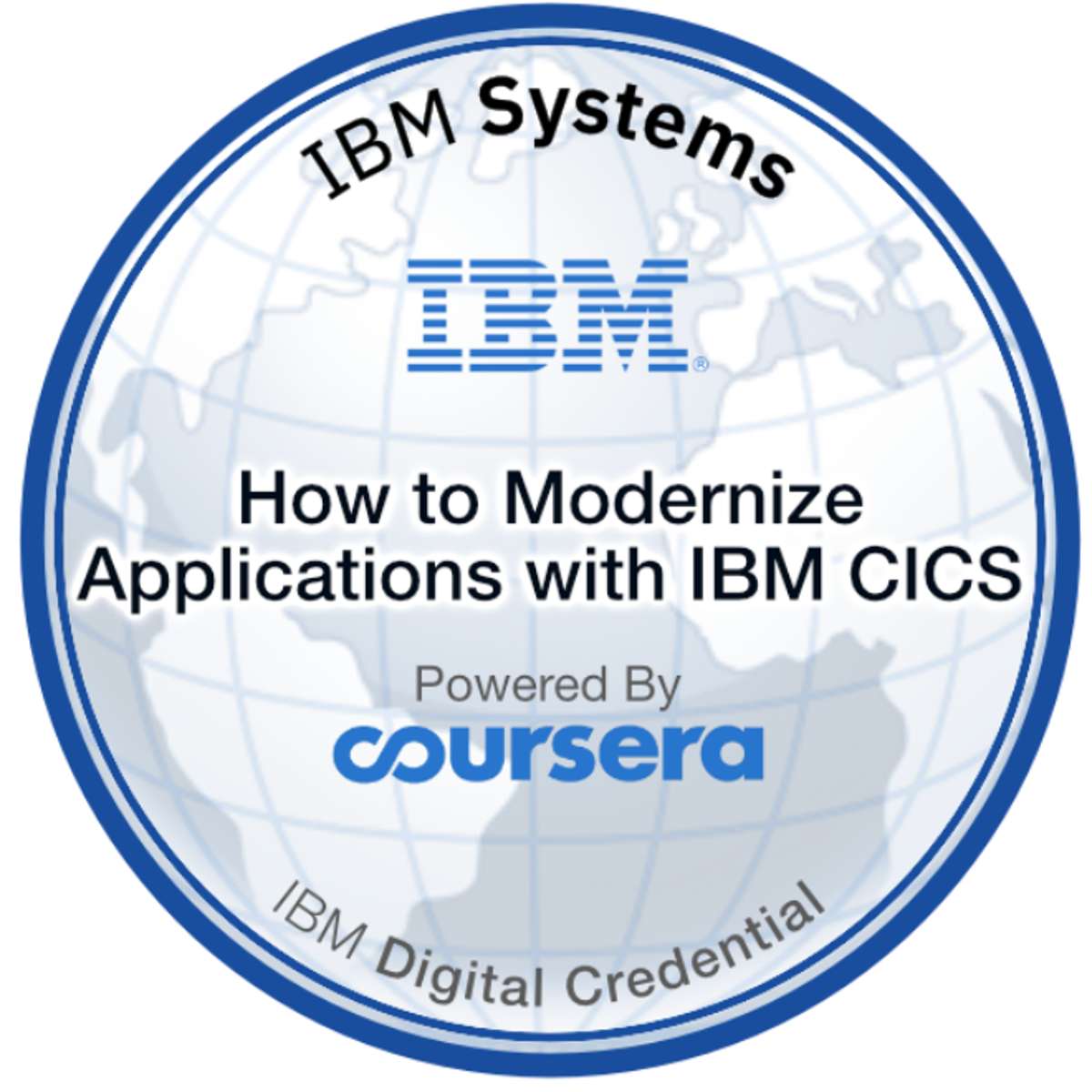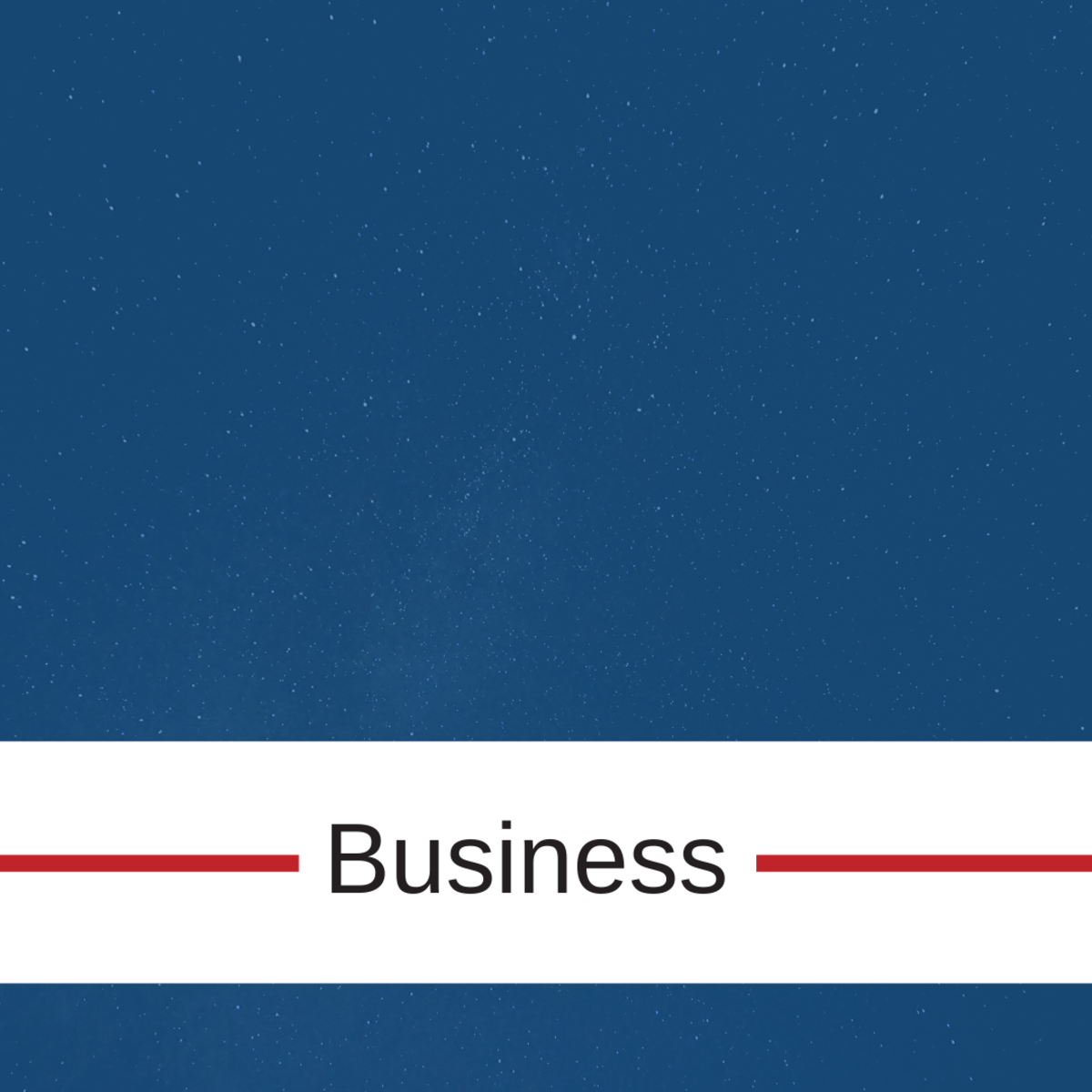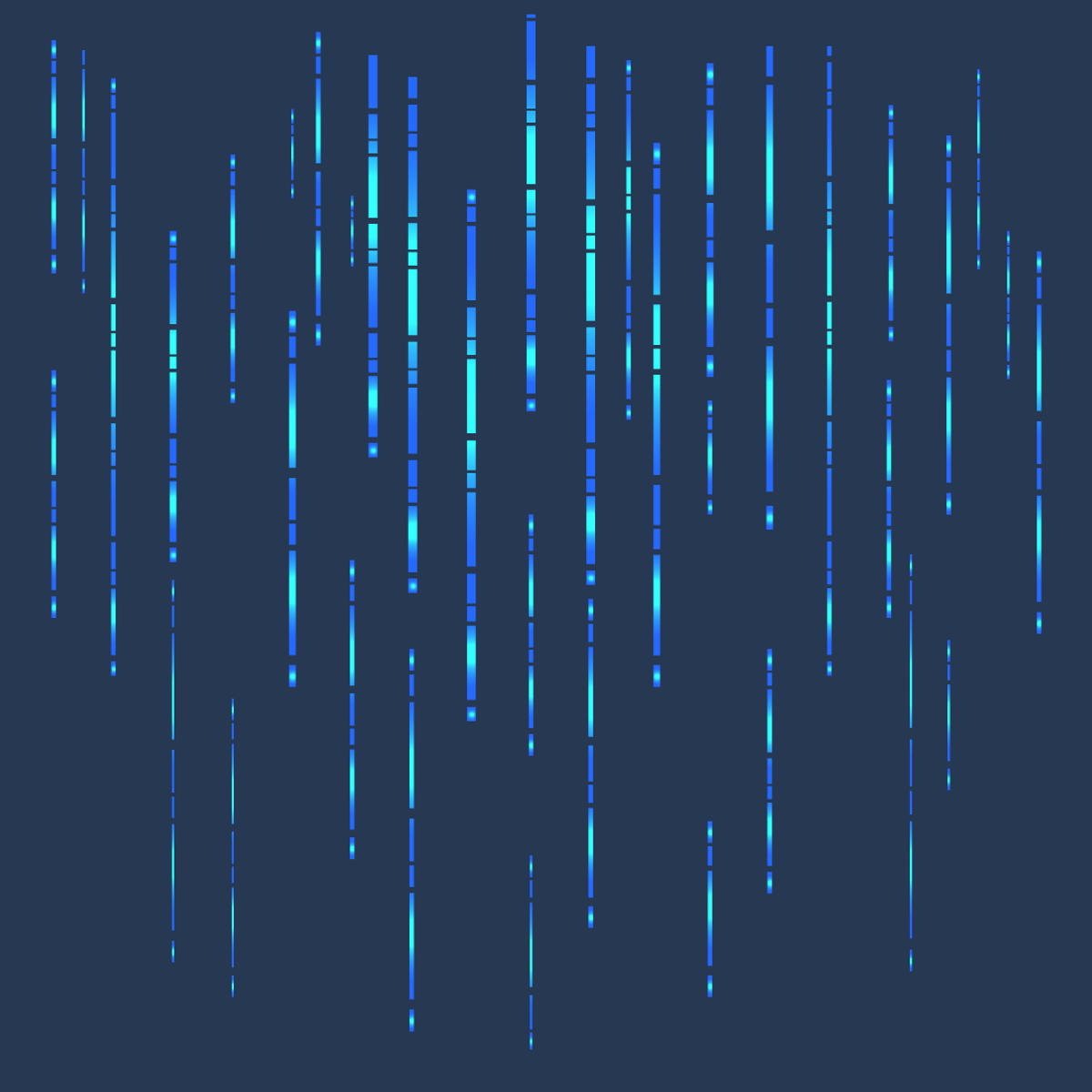Back to Courses









Data Management Courses - Page 19
Showing results 181-190 of 399

How to Modernize applications with IBM CICS
This course explains why CICS is perfect for powering the next generation of enterprise applications and how you can help build them. IBM CICS is the trusted core of enterprise applications and transaction processing. You will experience writing, updating and running CICS applications as well as the new APIs, capabilities and functions that will allow you to modernize these applications to run as part of a hybrid cloud application.
On successful completion of this course, the learners are eligible to claim a badge. More information can be found here: https://www.credly.com/org/ibm/badge/how-to-modernize-applications-with-ibm-cics

Managing NetApp Cloud Volumes ONTAP for Google Cloud with Advanced Tools
This is a self-paced lab that takes place in the Google Cloud console. In this lab, you will learn how to leverage additional management tools available with Cloud Volumes ONTAP for Google Cloud.

Setting up Jenkins on Kubernetes Engine
This is a self-paced lab that takes place in the Google Cloud console. This hands-on lab will show you how to set up Jenkins on Google Kubernetes Engine to help orchestrate your software delivery pipeline.

Continuous Delivery with Jenkins in Kubernetes Engine
This is a self-paced lab that takes place in the Google Cloud console. In this lab you will deploy and completely configure a continuous delivery pipeline using Jenkins running on Kubernetes Engine and go through the dev - deploy process.

Create a Financial Statement using Google Sheets
By the end of this project, you will be able to populate the Google Sheets Financial Statement Template and feel comfortable updating the different tabs on the Financial Statement Template. You will have a better understanding of how to use this tool to help track and present financial information for your company.
Note: This course works best for learners who are based in the North America region. We’re currently working on providing the same experience in other regions.

Cloud SQL for PostgreSQL: Qwik Start
This is a self-paced lab that takes place in the Google Cloud console.
Create a Google Cloud SQL PostgreSQL instance. Perform SQL operations using the GCP Console and the psql client.

Create Customer Support Data with Google Sheets
By the end of this project, you will create a Google Sheet that transforms a business’s raw customer support data into a useful data set that provides the business with an overview of past support requirements. You will be able to determine which areas of the business are exceeding standards and which departments are performing below standard. This course will include an introduction to Google Sheets, how to leverage formulas, how to link multiple tabs, and how to utilize Google Sheets to determine if support is being provided within the required levels of service.
Note: This course works best for learners who are based in the North America region. We’re currently working on providing the same experience in other regions.

Mastering Digital Twins
In this course, you will learn about Digital Twins fundamentals, how they represent a concept of integration for product-related data. The concept of digital twins is a response to the increasing digitalisation of product development, production, and products themselves.
Today's products are complex systems which are not only fulfilling their intended functions and quality but are also communicating via communication networks with other components, products, clouds, and services.
We are talking about smart products that integrate services into the products and are continuously supported.
Course chapters:
* What is it and who invented it?
* What can it be used for?
* Benefits to your business
* Industrial success stories
* Enabling technologies

Build a Bot in Python for Basic File and Interface Chores
If your work causes you to find yourself constantly at a keyboard, then you know how tedious doing file system chores can be. From organizing files into folders, whether by file type, attributes, or simply alphabetically or by month, all of these tasks consume our time and increase the time required by other tasks. Yet, without organizing, searching for the correct files can steal just as much time.
What if you had a friend to help you out? In this project, I will show you step-by-step how to code an AI assistant that can accept simple commands and help you keep organized. By the time you're finished, you'll have a working prototype of a file helper bot that from the get-go will have the ability to clean and organize your files and folders the way you ask it to, combine text files into PDFs, search for files based on parameters set by you, and even search Google for answers. Your assistant will also be fully expandable, so you can write new methods to teach it new tasks!
Note: This course works best for learners who are based in the North America region. We’re currently working on providing the same experience in other regions.

Explore Core Data Concepts in Microsoft Azure
In this course, you will learn the fundamentals of database concepts in a cloud environment, get basic skilling in cloud data services, and build your foundational knowledge of cloud data services within Microsoft Azure. You will identify and describe core data concepts such as relational, non-relational, big data, and analytics, and explore how this technology is implemented with Microsoft Azure. You will explore the roles, tasks, and responsibilities in the world of data.
This is the first course in a program of five courses to help prepare you to take the Exam DP-900: Microsoft Azure Data Fundamentals. so that you can demonstrate that you have a foundational knowledge of the core database concepts in a cloud environment.
This course is ideal for IT professionals who want to learn the fundamentals of database concepts in a cloud environment, get basic skilling in cloud data services, and build their foundational knowledge of cloud data services within Microsoft Azure with a view to taking up roles as Data Engineers and Database Administrators. It is also suitable for working database professionals looking for additional skills or credentials to showcase expertise in a cloud environment and IT professionals looking to specialize in the specific area of Azure data.
To be successful in this course, you need to have basic computer literacy and proficiency in the English language. Successful Azure Data Fundamentals students start with some basic awareness of computing and Internet concepts, and an interest in extracting insights from data. It is an advantage to have experience using a web browser, familiarity with basic data-related concepts, such as working with tables of data in a spreadsheet, and visualizing data using charts.
Popular Internships and Jobs by Categories
Browse
© 2024 BoostGrad | All rights reserved


